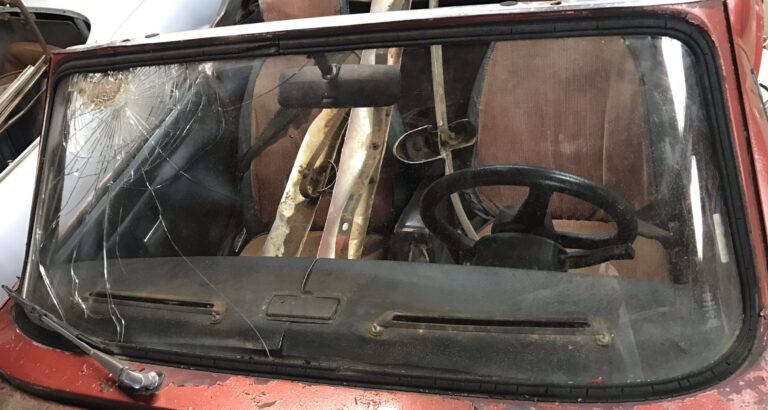1980 Triumph Spitfire 2024 Autocross Plans
This car has autocross written all over it! I’ve only just recently discovered autocross, but it seems like it’s something I’ve missed out on my whole life! I joined THSCC at PNC arena this year as a spectator/volunteer. I knew It was a cool thing but I had no idea how hooked I would get from just watching! I knew I had to get out there ASAP.
While I didn’t expect to be compering this year, the car seems like it would be ready by the next event! I didn’t have a car, but now I do. Now that there’s a car, what has to be done before I go racing? Before I even begin to talk about which class I would enter the car in, we have to go over some general maintenance items. While this car runs, the very first engine ‘modification’ I plan to make is to remove the smog system. It came to me unplugged and dangling around in the engine bay, so I’m sure the car will run just fine without it! For this job to be complete, however I want to take the advised steps to plug all the necessary holes.
After the smog system is removed, we’ll turn our attention to cleaning all the dirty bits. This includes the engine bay, running gear, anything we can get to. I don’t intend to do a restoration on this Triumph Spitfire, but I do intend to stop any rust in its tracks. I expect this to help a lot with troublesome bolts that may otherwise not see any attention until a catastrophe strikes. This step seems pretty vital to the longevity of the car, as well as our patience through the build.
This brings us to the first time we’ll need to buy parts! I’ll be installing upgraded front brakes on the car, and it’s not because I broke off a bleeder bolt in the passenger’s side caliper! Brakes are one of the most important systems on a vintage roadster like this one, and since this is an autocross car they are doubly important! I’ve all but decided an a kit from moss motors that includes all the stopping bits for the front. The kit comes with drilled and slotted rotors, as well as some uprated pads. While the calipers and lines are OE spec, they’ll be brand new! I expect this setup to work more than fine for quite some time. I can plainly say I will be staying away from a rear disc brake conversion on this Spitfire. I doubt it would be necessary.
While we gather the parts for the brake upgrade we’ll be chasing wiring on this car. Lucas has a bad wrap on these vintage roadsters but it can’t be that bad, can it? Our car has lots of loose connections, but in its current configuration the car runs and drives. The headlights stay on all the time, but none of the other lights seem to work at the moment. We have no reverse lights or brake lights. The car doesn’t respond to turn signal or horn inputs, either. The only gauge that seems to work at all is the oil pressure gauge, which is honestly all I could ask for right now. I’m not sure if this job would mean a full re-wire or just a few replacement connectors. We’ll tackle it soon though!
The Triumph Spitfire is notoriously a ragtop car, and this one is no different! Ours came with a tan soft top that had pulled some snaps out of the body. These will need to be replaced before too many people see the car because I’d just like it to be that way. These snaps are an inexpensive part, it’s the installation that becomes the bear. Our Spitfire needs to have the holes welded shut, I believe. This, of course increases the complexity of an otherwise simple install.





